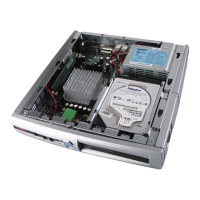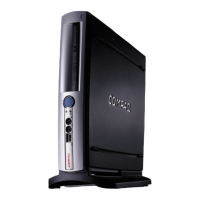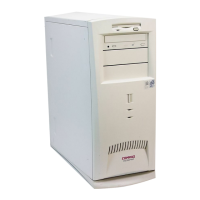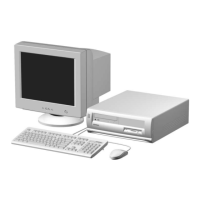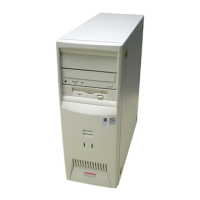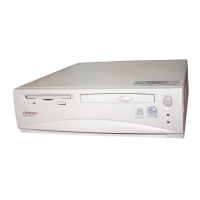4–4 Manual Title Variable
BIOS Overview
Power Management and Wake Up Events
You can reduce the computer’s overall power consumption by using Power Management to
reduce power consumption when the computer is idle.
ACPI Power Management Modes
(Windows 2000 and Windows XP)
The following table describes the power states and identifies the possible Wake Up Events for the
different power management modes. Activity on any one of these events will cause the system to
wake up from it’s current power state.
■
By default, when activating Standby mode in Windows XP or Windows 2000, the computer
will go into the S3, “Suspend to RAM,” power state.
■
The Hibernate menu in Windows XP and Windows 2000 is the same as S4, “Suspend
to Disk.”
✎
For the Standby command to activate the S3 power state and not S1, all drivers must be correctly
installed.
Power State Description
Wake Up Event
Windows 2000/XP
S1 (Idle) Processor is shut down RTC (Real Time Clock)
LAN
USB
Power Button
S3 (Standby/Suspend
to RAM)
All components of the system are
shut down except for the system
memory which remains active.
RTC (Real Time Clock)
LAN
USB
Power Button
S4
(Hibernation/Suspend
to Disk)
System memory is copied to the
hard drive. All components of the
system are shut down.
RTC (Real Time Clock)
USB and LAN
Power Button
S5 (Power Off) All components of the system are
shut down.
Power Button and LAN
S5 (After Power Loss) All components of the system are
shut down.
Power Button and LAN

